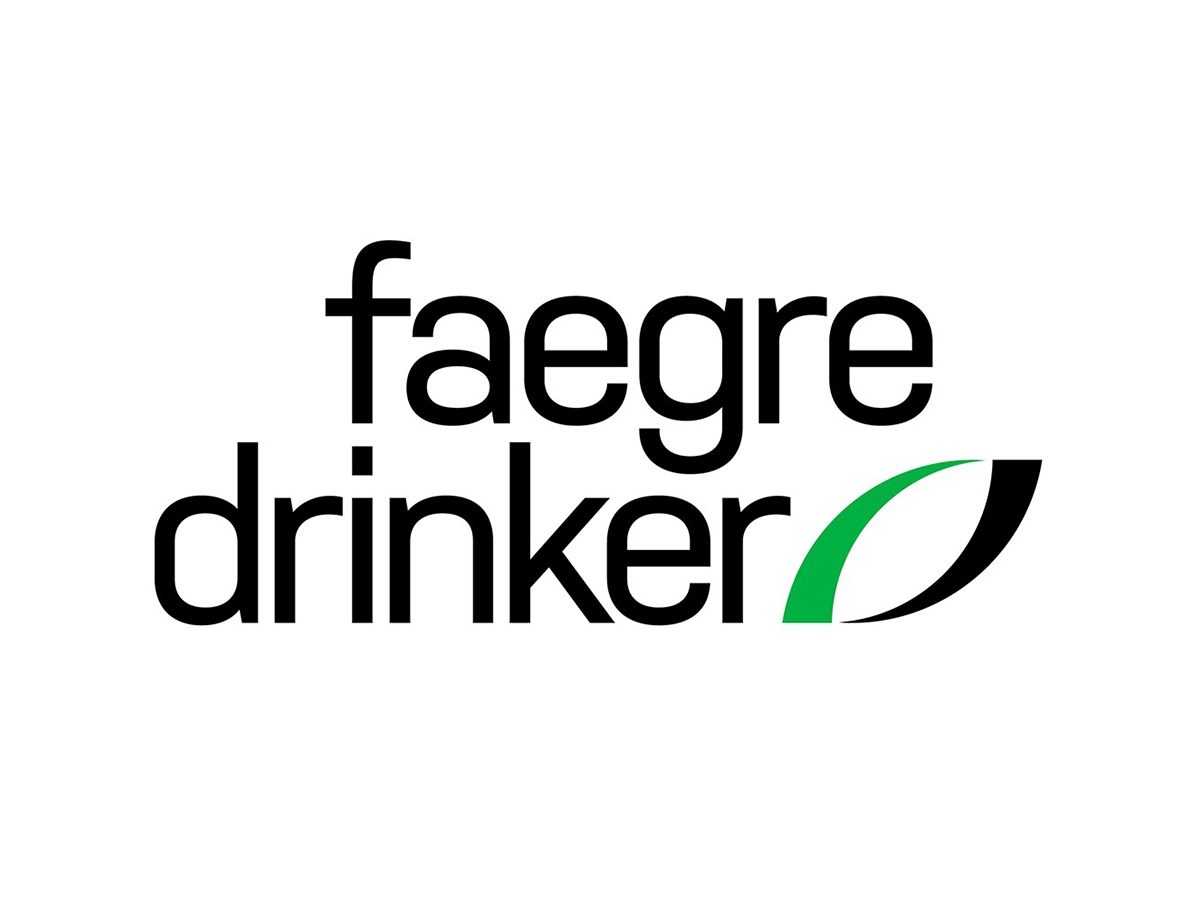
The California Court of Appeal, First Appellate District, recently affirmed judgment in favor of a fruit snack manufacturer who claimed “fruit” was stated to be the first ingredient on a front label but listed “fruit puree” first in the product’s ingredient list.
Plaintiff’s Fruit Snack–Based Claims
Defendants in Iglesias v. Welch Foods, Inc., et al., No. A159565, manufactured fruit snacks with a label that stated, “Fruit is our 1st Ingredient!” at the top of the front label. The snacks’ “Nutrition Fact Panel” then listed “FRUIT PUREE” as the first ingredient, followed by corn syrup.
The plaintiff claimed that he regularly purchased the fruit snacks based on the label’s “Fruit is our 1st Ingredient!” representation. Plaintiff argued that if the manufacturer did not group each individual fruit together as the singular “fruit puree,” then other ingredients, such as corn syrup, were “actually the ingredient that should be listed first.” Plaintiff also contended that this grouping of ingredients violated FDA regulations requiring foods to list ingredients by “common or usual name” in “descending order of predominance by weight.” Plaintiff asserted claims under the California Consumer Legal Remedies Act and California’s Unfair Competition Law.
Bifurcation of the Trial
The parties agreed to bifurcate the case into two phases: the first phase would address whether Defendants were permitted to identify “fruit puree” as an ingredient followed by a parenthetical listing each constituent fruit under the applicable FDA regulations; and, the second phase would resolve whether the statement “Fruit is our 1st Ingredient!” was misleading. All parties agreed to a bench trial on the papers for the first phase.
The Trial Court Holds “Fruit Puree” Proper
Following the first phase, the trial court held Defendants properly listed “fruit puree” followed by a parenthetical of the constituent sub-ingredients in accordance with FDA regulations. The trial court rejected Defendants’ preemption arguments, holding that the claims were not expressly preempted because Plaintiff only was seeking to impose state law requirements that were identical to federal law. And the claims were not impliedly preempted because, although the Food, Drug and Cosmetic Act, 21 U.S.C. 301, et seq., provides no private right of action, it does not impact private claims based on state law.
Nevertheless, the trial court held in favor of Defendants, stressing that the labeling issue turned on whether “fruit puree” is an “established common or usual name.” According to the trial court, it was, because “the term is established by common usage in the industry, the phrase is consistent with the standard dictionary for ‘puree,’ and the parenthetical allow[ed] consumers to distinguish one type of ‘fruit puree’ from another.” In so holding, the trial court rejected Plaintiff’s reliance on the FDA’s Compliance Policy Guide as nonbinding on the FDA or the public.
The California Court of Appeal, First Appellate District, Affirms
On appeal, the plaintiff argued that the trial court erred by not deferring to an FDA Compliance Policy Guide, in addition to considering improper hearsay evidence. Interestingly, Defendants could not challenge the trial court’s decision on preemption as error because it failed to follow proper appellate procedure. Nevertheless, Defendant prevailed.
Regarding whether “fruit puree” is an “established or usual name” under the FDA regulations, the court listed the many various products that use the phrase “fruit puree” followed by a clarifying parenthetical. The court noted that Part 102.5 of 21 Code of Federal Regulations provides guidance on what may constitute the “common or usual name” of a food, namely that it must (1) accurately describe the basic nature of the food, (2) be uniform among all similar products, and (3) not be confusingly similar to the name of any other food not reasonably encompassed within the same name.
The court observed that the parties presented conflicting evidence regarding whether the many products that use “fruit puree” are sufficient to constitute “common usage,” and regarding the FDA’s approach to labeling in analogous ingredients. Finally, the court noted that Defendants presented evidence that “fruit puree” met the dictionary definition for “puree.” Weighing “the industry usage and the composition of the fruit puree at issue compared with the standard definition of puree,” the court held that substantial evidence supported the trial court’s decision.
The Court of Appeal noted that the trial court’s decision recognized, in a single sentence, a representation from the declaration of an employee of the manufacturer regarding what the “fruit puree” contains. The court held this constituted hearsay, but the trial court’s consideration of it was ultimately harmless. Accordingly, the court affirmed judgment in favor of the manufacturer.
"fruit" - Google News
November 13, 2020 at 12:02PM
https://ift.tt/35rNmTC
“Fruit Puree” Held a Fair Game First Ingredient in Fruit Snacks Label by California Court of Appeal - JD Supra
"fruit" - Google News
https://ift.tt/2pWUrc9
https://ift.tt/3aVawBg
Bagikan Berita Ini














0 Response to "“Fruit Puree” Held a Fair Game First Ingredient in Fruit Snacks Label by California Court of Appeal - JD Supra"
Post a Comment